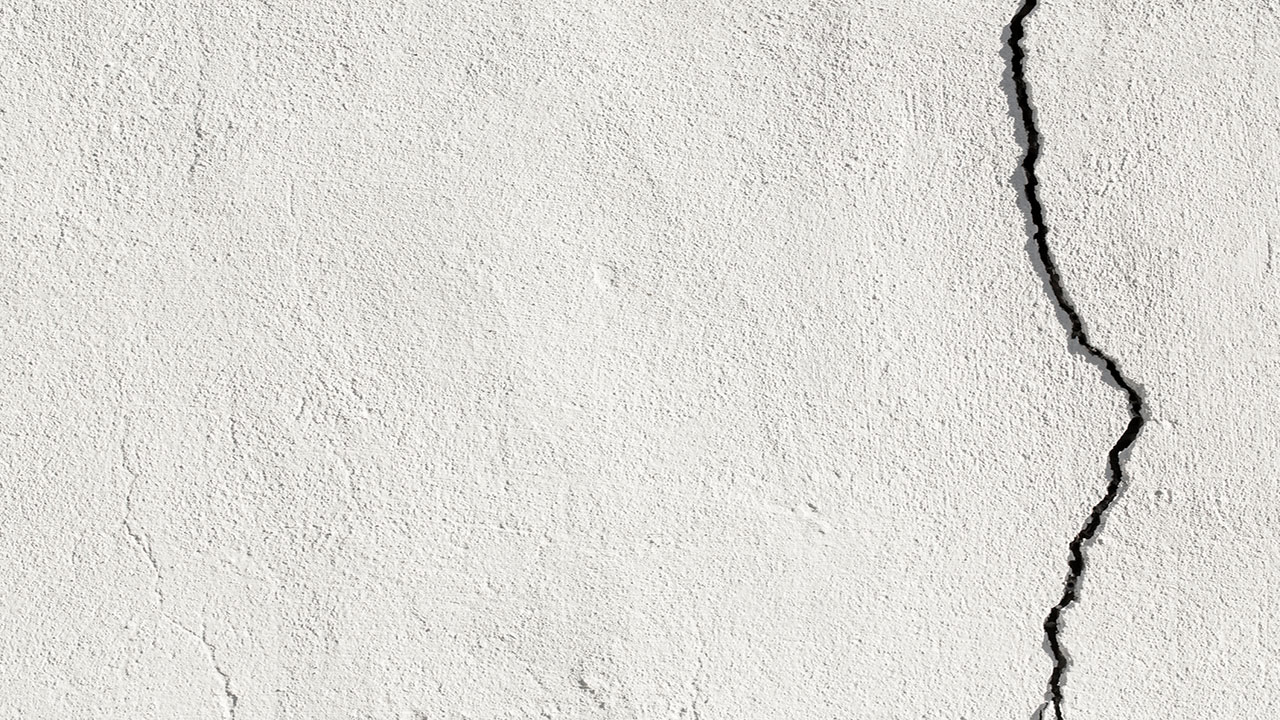Bad Signs to Look For Before Buying a Home

Buying a home is a big commitment, so you obviously want to make sure that your purchase is a sound one. That’s the reason why you might go back a second time – or even a third – before putting in an offer, then maybe even return once or twice more before sealing the deal. You want to make sure the home and the surrounding neighborhood justify the money you’re spending on the property.
When you’re scoping out homes, you might have some items on your must-have list that you’ll be keeping an eye out for. But there are also some negative things that you should look out for that may be signs that the home or the neighborhood is not up to par, including the following.
Cracks in the Exterior

While fine cracks in the foundation wall might be OK, large ones that are at least a half-inch wide or are uneven might be cause for concern. Out of all issues with a home that can be the most cumbersome and expensive to fix, structural issues would be it.
If you notice any large cracks, that might be a red flag that the foundation is faulty. This could be a result of shifting or sinking soil underneath, grading issues, or other reasons. You may want to call in a structural engineer to check out the cracks to make sure there’s no serious underlying issue with the structure or foundation that will end up costing you a lot more than what you had intended to spend.
Paint Covering Up Water Damage
Some homeowners may try to conceal any water damage done to their ceilings or walls by painting over it. What homeowners might not know is not only are they not fully covering up the damage, they may also be allowing mold to fester, which can become a health hazard.
Pay close attention to any uneven patches of paint. If it seems as though certain areas were painted over, take a closer look. There just may be signs of water damage underneath.
Lots of Room Fresheners and Scented Candles

While it’s perfectly fine to freshen up the smell in a home when it’s on the market – and even recommended – overdoing it with the fresh smells might be a cover-up for something lurking. Find out if there is something that may be releasing a foul odor in the home, such as mold, pet urine, sewage, or a leaky pipe.
No Permits For Improvements Made
If it’s obvious that some work was done on the home – such as a room addition or a new deck, for instance – ask to see the permits for the work done. If the seller can’t produce them, the work may have been done without a permit. This could spell trouble for you if the building inspector in your area catches wind of the work done.
If that happens, you’ll need to not only pay for the permit yourself but even possibly go through the motions of having to apply for it and get it approved. The inspector could even go so far as to force you to take down whatever work was done.
Uneven Floors

Floors that are obviously uneven could be a sign of structural issues. As already mentioned, this can be a costly problem to fix. In addition to floors that are not level, look for doors and windows that stick when you try to open and close them or bubbling on the floors.
Lots of For Sale Signs
So far, we’ve been talking about the home itself. But in reality, you’re buying into the neighborhood, too. As far as the area itself is concerned, there are a few things to look for, and one of them is an overabundance of For Sale signs. If you notice that there are plenty of homes for sale in the area or on your street, find out why.
While it may just be that the demographics are changing – such as empty nesters downsizing and making room for younger families – there could be more serious issues at the hub of all the for sale signs. Tanking property values or an increase in crime are issues you’ll definitely want to know about before you put an offer on a home.
Plenty of Empty Storefronts

Like the For Sale signs on residential properties, too many vacancies in commercial units could also be a sign that a particular neighborhood is not doing so well. Bustling businesses is a good sign in neighborhoods, but entities that are either going out of business or are bailing on the area for a better one is not a good sign of a healthy neighborhood.
All the Homes Look the Same
If you’re considering buying in an HOA community, take a look at how uniform all the houses are. While HOAs typically have restrictions about what homeowners can do to their exteriors, too much uniformity might be a sign that there is little wiggle room to deck out your home the way you’d like to.
Music is Playing in All Rooms

Having music played during showings or open houses might be fine, but it could also be used to mask any noise pollution in the area, such as a nearby train, planes flying overhead, or the neighbor’s dog barking.
Neighbors’ Homes Are Poorly Maintained
Speaking of the neighbors, look at how they maintain their properties. If they’re unkempt, that could affect the value of the property you intend to buy.
The Bottom Line
Buying a house is a big deal, so make sure you take your time scoping out different properties and the neighborhoods they’re located in before you make an offer. There’s a lot of money at stake, so you want to make sure that the house and the area you buy into are exactly what you’re hoping for without any unpleasant surprises down the line.